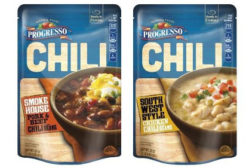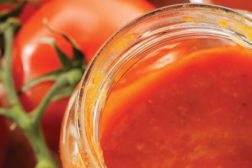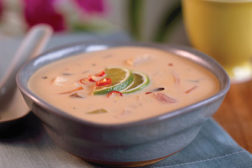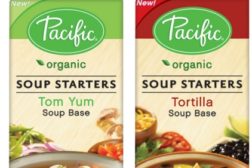Home » Keywords: » chili
Items Tagged with 'chili'
ARTICLES
Plantstrong Organic, Vegan Broths, Ready-to-Eat Chilis and Stews
The new products are 100% plant-based, no-sugar, oil-free, and low in sodium
November 12, 2021
Proper Good Southwest Chili
New meal solution offers gluten-, dairy-free options, as well as ketogenic varieties
May 21, 2021
Celebrating National Chili Day 2019
February 28 marks an annual celebration of the cool weather comfort food
February 28, 2019
Progresso Chili
General Mills takes is popular Progresso brand—known for soups—into the chili category.
August 1, 2014
Menu Additions at Jack in the Box
Jack in the Box is introducing four new products.
June 17, 2013
Fuchs Adds Flavor Base Line
Fuchs North America introduceda new line of South American-inspired flavor bases.
April 3, 2013









